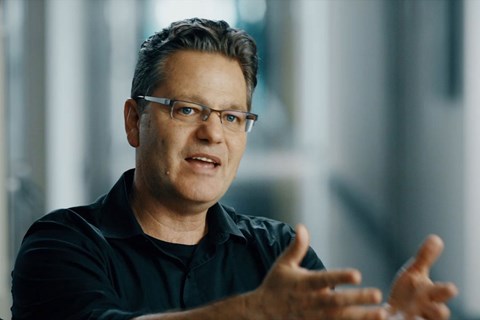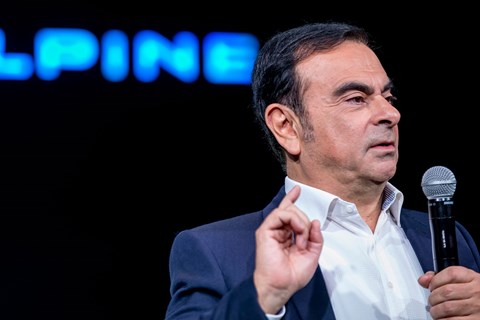► Nissan plans remote vehicle ‘command centre’
► Could remotely control driverless cars in emergencies
► Highlights from Nissan’s keynote address at CES 2017
If you get impatient at learner drivers, imagine the frustration of getting stuck behind an autonomous vehicle frozen by a traffic situation it can’t figure out –and devoid of a human inside to take the wheel. Nissan says it could happen as soon as 2020, when it plans to start testing ‘robotaxis’ and driverless delivery vehicles on the streets of Tokyo.
But the Japanese car maker, which with its Renault and Mitsubishi partners vows to lead in rolling out mass-market autonomy, reckons it’s figured out a solution. One that’s lifted straight from the National Aeronautics and Space Agency, or NASA. Nissan plans to establish a command centre of remote vehicle operators, which can connect with to pilot a flummoxed autonomous vehicle (AV) – the same principle as NASA pain-stakingly guiding a lunar rover across the surface of the moon.
The brainwave was revealed by the head of Nissan’s Silicon Valley research centre, Dr Maarten Sierhuis, during the company’s keynote address at the 2017 Consumer Electronics Show. Sierhuis – who happens to be ex-NASA – believes this is a breakthrough that will allow AVs and today’s, non-automated cars to peacefully co-exist on roads sooner than predicted.

Seamless Autonomous Mobility
Sierhuis outlined scenarios which could baffle AVs – fallen trees, traffic accidents and roadworks – which might require a driver to flout road markings by driving over double lines or through a red light when authorised by someone directing traffic. Easy for a human, counter-intuitive for an autonomous car obeying strict protocols.
According to Nissan’s vision, if confronted by an AI-melting scenario, the AV would use cloud connectivity to send a cry for help to the command centre. A human operator would then tap into the car’s sensors and cameras, and using a detailed map of the area, plot a safe course around the hazard. Once passed, the AV would take the reins again – and the course of action would be shared with other driverless vehicles in the area, again via the cloud.
Nissan calls this approach SAM, for Seamless Autonomous Mobility. ‘SAM will advance autonomous integration not by years but by decades,’ pledges Sierhuis. ‘And it will be on roads sooner than you think.’ There’s another small upside, which Nissan didn’t explore: some redundant delivery drivers could be retrained as mobility managers, potentially piloting tens or hundreds of vehicles at a time – instead of just one as they would today.
A new, semi-autonomous Leaf is coming too
The path to autonomous Nissans will be incremental, and it starts in Europe with the facelifted Qashqai, to start rolling off the Sunderland assembly line in 2017. Customers will be able to option Pro Pilot I, an autonomous motorway assist mode which accelerates, brakes and steers the crossover within its lane. VW’s facelifted Golf also has this Traffic Jam Assist, but the Qashqai will be able to operate in free-flowing traffic at 70mph.
In 2018, Nissan will release Pro Pilot II, where vehicles can automatically change motorway lane without any driver involvement (a system we’ve tested on a prototype Range Rover Sport), assuming type approval is granted. And by 2020, Nissan expects to commercialise Pro Pilot III, enabling cars to autonomously navigate complex urban scenarios – with a human driver very much present as a failsafe.

Nissan CEO Carlos Ghosn announced that the next-generation Leaf, expected to lift some of the design cues and thinking of 2015’s IDS concept, was nearing production. It will also have semi-autonomous capabilities, as Nissan strives to make good on its vision of roads with zero emissions and zero fatalities.
The day before CES, Ghosn personally ‘drove’ – or, rather, sat in the driver’s seat of – a prototype autonomous Nissan, as it navigated the city and highways of Palo Alto. ‘It gave me a glimpse of what is to come.’ And in his keynote speech, the CEO did just that, predicting how the composition of the world’s car fleet will be transformed. By 2030, Nissan estimates 15% of cars will be fully autonomous, 25% will be pure electric (up from 1% today), 25% of miles driven will be in shared cars hailed by apps, and nearly 100% of cars sold will be connected. The car world is changing, and fast.
Click here for more news from CES 2017